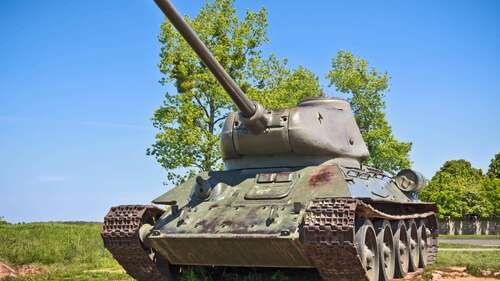
As you might have figured out by now, sloped armor is essentially an armor plate designed to face at an angle instead of standing straight (90 degrees). Therefore, when a projectile impacts and enters through the surface, it travels a longer distance through the armor plate than when it is straight.
For better visualization, when an anti-tank round is fired, it typically travels in a straight line, using its mass and kinetic energy to pierce through armor. If it met a flat armor plate 30mm thick, it would have to travel only 30mm to penetrate. However, if that armor plate were angled at 60 degrees, it would have to travel 60mm to pierce it. Meaning that the armor thickness is effectively doubled without having double the weight.
All of this is assuming that the projectile made it through the surface of the armor plate in the first place. It’s easier for anti-tank projectiles to penetrate vertical plates because they can transfer all the energy to the plate and mount enough pressure to break in. On the other hand, projectiles only transfer a portion of the projectile’s force onto a sloped plate, allowing deflection to happen.

